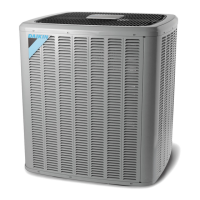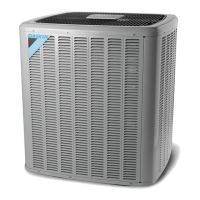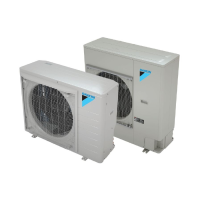Our continuing commitment to quality products may mean a change in specications without notice.
© 2015 - 2016, 2018, 2020
19001 Kermier Rd., Waller, TX 77484
www.daikincomfort.com
The following symbols and labels are used throughout this
manual to indicate immediate or potential safety hazards. It
is the owner’s and installer’s responsibility to read and comply
with all safety information and instructions accompanying
these symbols. Failure to heed safety information increases
the risk of personal injury, property damage, and/or product
damage.
!
D
M
.
WARNING
I
.
UMP
-
UMP
-
.
CAUTION
Always keep the unit upright; laying the unit on its side or top
may cause equipment damage. Shipping damage, and sub-
sequent investigation is the responsibility of the carrier. Verify
the model number, specications, electrical characteristics,
and accessories are correct prior to installation. The distributor
or manufacturer will not accept claims from dealers for trans-
portation damage or installation of incorrectly shipped units.
INSTALLATION INSTRUCTIONS
IOD-4016H
4/2020
Index
1
1
2
2
2
2
3
3
5
5
5
6
11
12
16
18
24
28
30
WARNING
Cancer and Reproductive Harm -
www.P65Warnings.ca.gov
0140M00517-A




